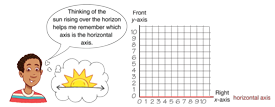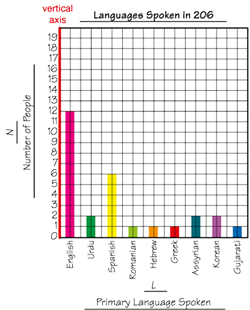Students learn to use ratios in the context of a school Fun Fair. They use ratios to produce patterns that help them find the cost of multiple items at a bake sale. They express ratios in words, tables, graphs, and fractions.
Content in this Lesson
- Using words, tables, graphs, and fractions to express ratios [E1].
- Using tables and graphs to find equivalent ratios [E3].
- Using ratios to solve problems [E4].
- Converting among different-sized measures within a given measurement system (feet to yards, quarts to gallons, etc.) [E6].
- Making point graphs [E7].
- Making predictions and generalizations using data tables and graphs [E8].
- Solving open-ended problems and communicating thinking [MPE1, 2, 3, 5].
Daily Practice and Problems I–L
Assessment in this Lesson
| Assessment | Expectation Assessed | Math Practices Expectation Assessed |
|---|---|---|
|
Cost of Brownies |
|
|
















 or 3 miles per 2 hours.
or 3 miles per 2 hours.